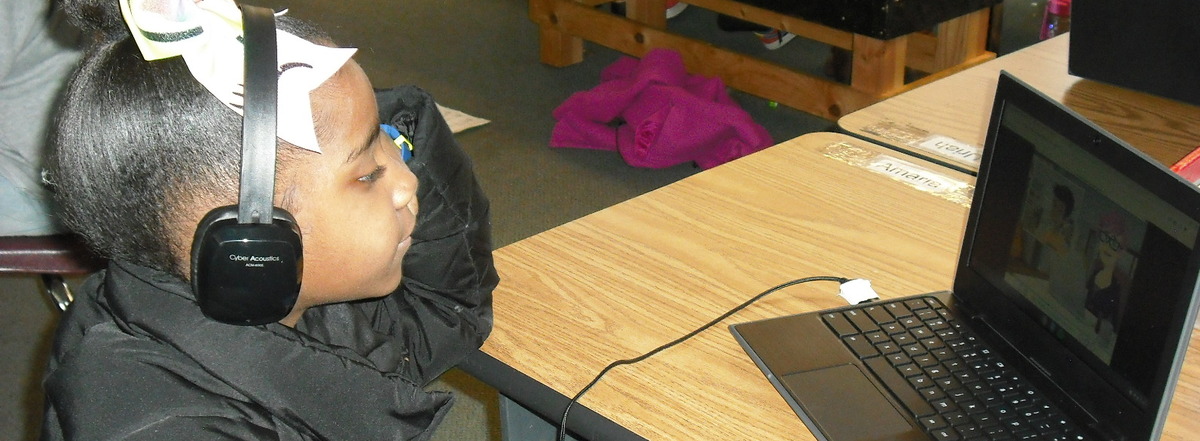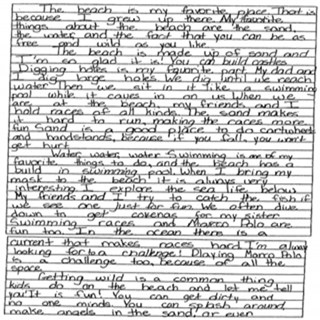Fourth Grade Learning Goals and Resources
Reading
End of Year Goals
Goals
- Draw inferences from fiction and nonfiction text
- Determine a theme of a story, drama, or poem from details in the text
- Summarize fiction and nonfiction text
- Describe in depth a character, setting, or event in a story, drawing on specific details in the text
- Determine the main idea of a text and explain how it is supported by key details
- Integrate information from two texts on the same topic
- Use context to confirm or self-correct word recognition and understanding, rereading as necessary
- Read grade-level text orally with accuracy, appropriate rate, and expression
Learning Resources
Learning Resources
- World Book Kids
Easy-to-read content for elementary school learners - hundreds of activities, science projects, and experiments
- Britannica School
Homework help resources - find information on countries, animals, people, maps, photos, and articles.
- Smithsonian Tween Tribune
Articles on all sorts of interesting nonfiction topics
- Storyline Online
Award-winning children’s books read aloud by celebrated actors
Writing
Goals
Goals
- Write a personal experience narrative with descriptive details, dialogue, and a clear sequence of events
- Conduct short research projects that build knowledge through investigation about a topic
- Write an informative/explanatory piece that includes multiple sentences focused on a topic, developed with facts, definitions, concrete details, or quotations
- Write an opinion piece that includes reasons that are supported by facts and details
- Edit writing in pairs, groups, and independently
- Revise writing in pairs, groups, and independently
- With guidance from adults, use technology to produce and publish writing
Fourth Grade Writing Sample
Math
End of Year Goals
Goals
- Interpret a multiplication equation as a comparison and represent verbal statements of multiplicative comparisons as multiplication equations.
- Find all factor pairs for a whole number in the range 1-100, recognize that a whole number between 1 and 100 is a multiple of each of its factors, and determine whether a given whole number in the range 1-100 is prime or composite.
- Fluently add and subtract multi-digit whole numbers using the standard U.S. algorithm.
- Explain why a fraction a/b is equivalent to a fraction (n × a)/(n × b) by using visual fraction models, with attention to how the number and size of the parts differ even though the two fractions themselves are the same size. Use this principle to recognize and generate equivalent fractions.
- Add and subtract mixed numbers with like denominators using a variety of strategies.
Learning Resources
We use Everyday Mathematics (Edition 4), which is a comprehensive Pre-K through grade 6 mathematics program developed by the University of Chicago School Mathematics Project and published by McGraw-Hill Education.
Learning Tools for Everyday Mathematics (Edition 4):
- Everyday Math 4th Grade (EM4)
- EM4 Math at Home:
Help organized by section (unit) for Home Link problems (English and Spanish), selected answers, vocabulary definitions, videos, games and more!
Family Letters
Stay up-to-date on what your child is learning in class. Family Letters contain background information, vocabulary, games and more for each section (unit).
- English Family Letters
- Spanish Family Letters (coming soon)
Student Log-in Information
CLASSLINK - CONNECTED
Use this link to connect to Everyday Mathematics Today’s Lesson, Math Games, Tutorial Videos, Math Toolbox, the Student Resource Book and more.
I-READY
Once your student has logged into classlink they can access i-Ready Math lessons that are at their level.
Additional Resources
- Multiplication & Division Fact Triangle Cards
Fact Triangle cards group together related multiplication and division facts (fact families) to practice mental math facts and arithmetic skills.
- Math Games with a Deck of Cards
Practice math facts and other math concepts with a deck of cards and two players.
- PBS Kids Math Games
Fun online math games.
- Math Playground
Fun math games, logic games, and number puzzles.
- GVSU Regional Math & Science Center
Math games and activities you can play at home or (school). Most everything you need is included: Rules, materials, and possible questions. In most cases, a video to show how to play the game is provided.
- Talking Math With Your Kids
Math is everywhere in our world! You'll find lots of ideas for talking about math with your child--some you've never even thought of.
- YouCubed
Engaging and inspiring math games, tasks, videos, and articles to help students develop a "Math Mindset."
Science
Topics Learned
Physical Science - Energy and Waves
- Energy of Motion (potential & kinetic)
- Energy Transfer
- Sound & Sound Waves
- Heat Energy
- Light Energy
- Electricity
- Electrical Circuits & Switches
Earth Science - Earth’s Systems: Processes That Shape the Earth
- Weathering and Erosion
- Other Erosion (temperature, vegetative, chemical, glacier)
- Fossils
- Rock Layers
- Earthquakes, Tsunamis, Volcanoes
- Reducing Effects of Natural Hazards
- Natural Resources
- Renewable and Nonrenewable Resources
- Human Impact on Earth
Life Science - Structure, Function and Information Processing
- Light and Sight
- How Light Travels
- Reflecting Light
- Structure and Function of the Human Eye
- Structure and Function of the Animal Eye
- Structure and Function of a Flower
- Animal Defenses
- Research and Data Collection
Learning Resources
Learning Tools
- Cereal City Science Website
MPS elementary current science curriculum
Additional Resources
Social Studies
Topics Learned
U.S. Studies
- History: Students study the history of Michigan from statehood as they learn the skills and tools historians use to study history.
- Geography: What is a nation? Students study the geography of the United States by examining its physical and human characteristics and by learning about US Regions. Students will also learn the purposes of various types of maps and how they help us understand different aspects of our nation.
- Economics: Students continue learning from the previous year on market economies and how they function. They will focus on specialization and division of labor in the production of goods and how competition plays a role in the US economy.
- Civics/Government: Students begin learning about our federal government. They will focus on aspects of a representative government, the powers of government, branches of government, and checks and balances. Students will do a special focus on the Bill of Rights and how these amendments limit the power of government in our daily lives.
Learning Resources
Learning Tools
- Our Curriculum for Grade 4: MAISA Grade 4 Curriculum
- Discovery Education: Students log in through Classlink




